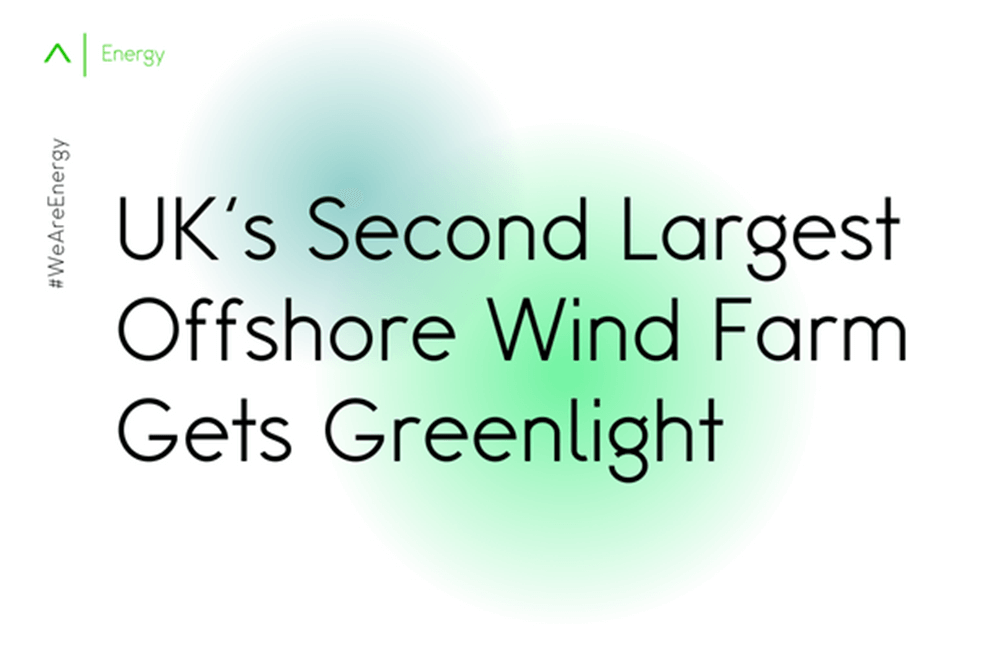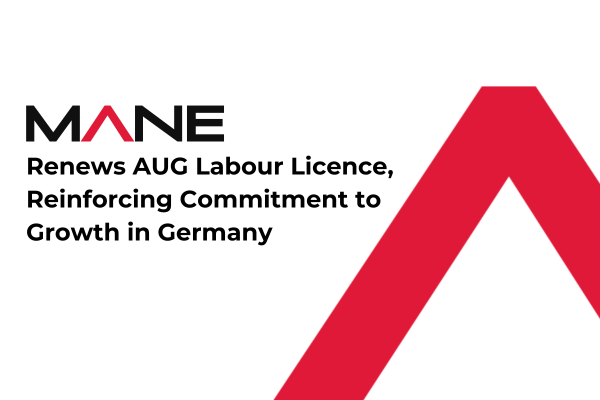UK’s Second Largest Offshore Wind Farm Gets Greenlight
08 Aug, 202310 minsThe second largest offshore wind farm in the UK had been given the go ahead. Hornsea 4, wh...

The second largest offshore wind farm in the UK had been given the go ahead. Hornsea 4, which is part of Orsted, has been greenlit by the Secretary of State for Energy Security and Net Zero for development. This will make it the second largest offshore wind farm to be given consent in the UK. Hornsea 4, with an area of 860km2 and with its 180 turbines, is planned for the Hornsea Zone, located in coastal Yorkshire. The project is expected to create 2.6 GW of power.
Hornsea 4 to Join Three Existing Wind Farm Projects
Currently, Orsted has 13 offshore wind farms around the UK, and together they produce 6.2GW of electricity. This is enough electricity to power millions of homes. Hornsea 4 will join three other wind farms by Orsted. Hornsea 1 is a 1.2GW wind farm with 174 turbines, Hornsea 2 is a 1.3GW wind farm with 165 turbines, and Hornsea 3 is a 2.85GW wind farm with 231 turbines.
Ana Musat of RenewableUK, said: “It’s great to see one of the UK’s largest offshore wind farms getting the green light from the government, at a time when we urgently need to get cracking on building new clean energy projects to generate the cheapest power for bill payers and enable us to bolster domestic supply chains.”
She also explained that Hornsea 4 will strengthen the UK’s energy security, which will help Britain to rely less on ever-changing global gas prices, moving closer towards being independent as far as energy is concerned.
Seabirds Led to Delays in Horsea 4’s Approval
The Hornsea 4 announcement has come after the Planning Inspectorate previously announced a delay in making a decision regarding the approval of the offshore wind farm. This was largely due to needing a better understanding of how the project will impact seabirds, with biodiversity leaders remaining cautious about its approval. The RSPB’s argument is that wind farm development could cause further declines to nearby populations of seabirds, such as Gannets and Razorbills.
Katie-Lo Luxton, Director of Conservation at the RSPB, said: “This must be the last time we trade off nature against climate. We all agree that we must urgently decarbonise our energy system and invest in renewable energy, but we cannot keep selecting areas for new developments that we already know are crucial to wildlife and ecosystems, and then retrofit nature’s needs by asking energy companies to perform impossible tasks of compensating for damage.”
According to the ONS, 24% of the UK’s electricity generated in 2020 was due to wind power, including renewable and non-renewable sources. 13% was generated by offshore wind farms.
Despite the concerns of the RSPB, Hornsea 4 has a lot of backing. With Hornsea 4 going ahead, the UK’s power and energy reserves will receive a much needed boost, and energy security will be improved. Rather than relying on changing international gas prices and expensive power supplies, offshore wind farms are driving the UK towards a cleaner, cheaper way of providing energy to customers.
The energy industry is a demanding and challenging environment and one that requires a wide variety of highly skilled professionals. For over 20 years we have provided a service covering permanent and temporary staffing solutions to the complete project lifecycle across all Energy sources. Covering EPC, Installation, O&M and Decommissioning. Get in touch today for more information on our latest opportunities.



